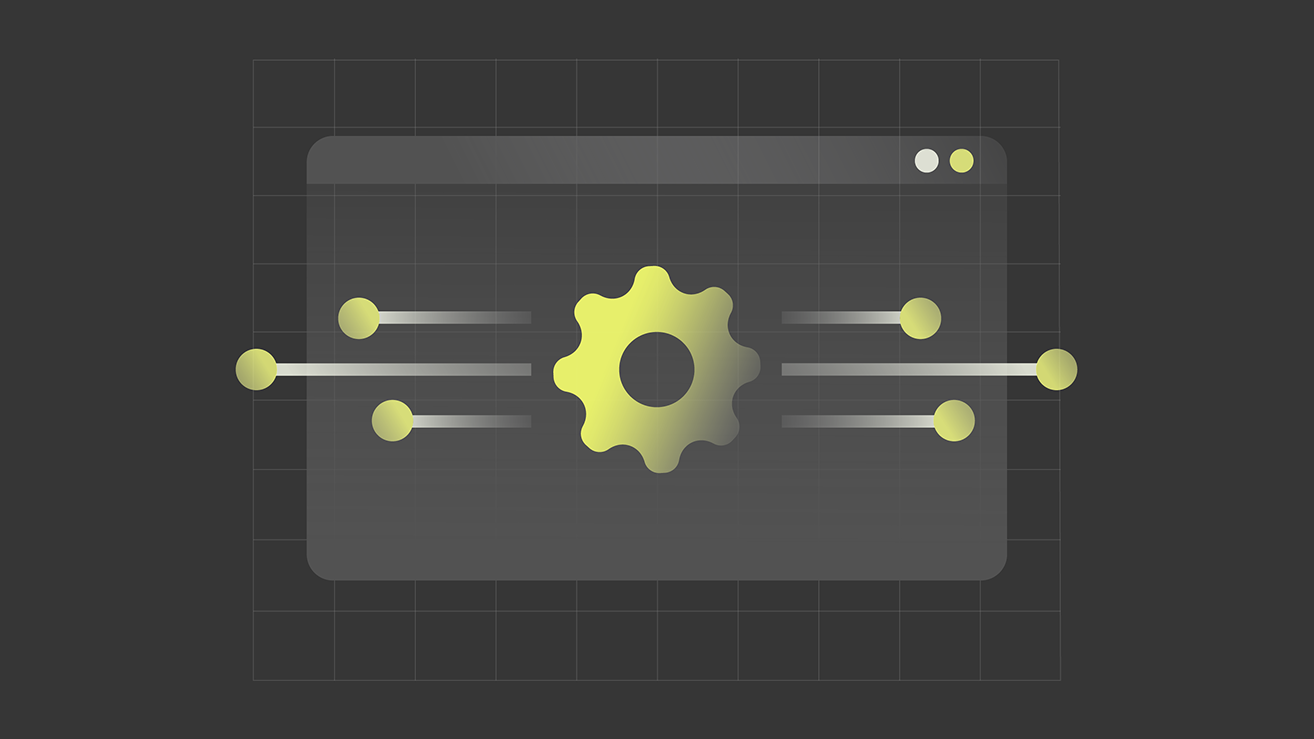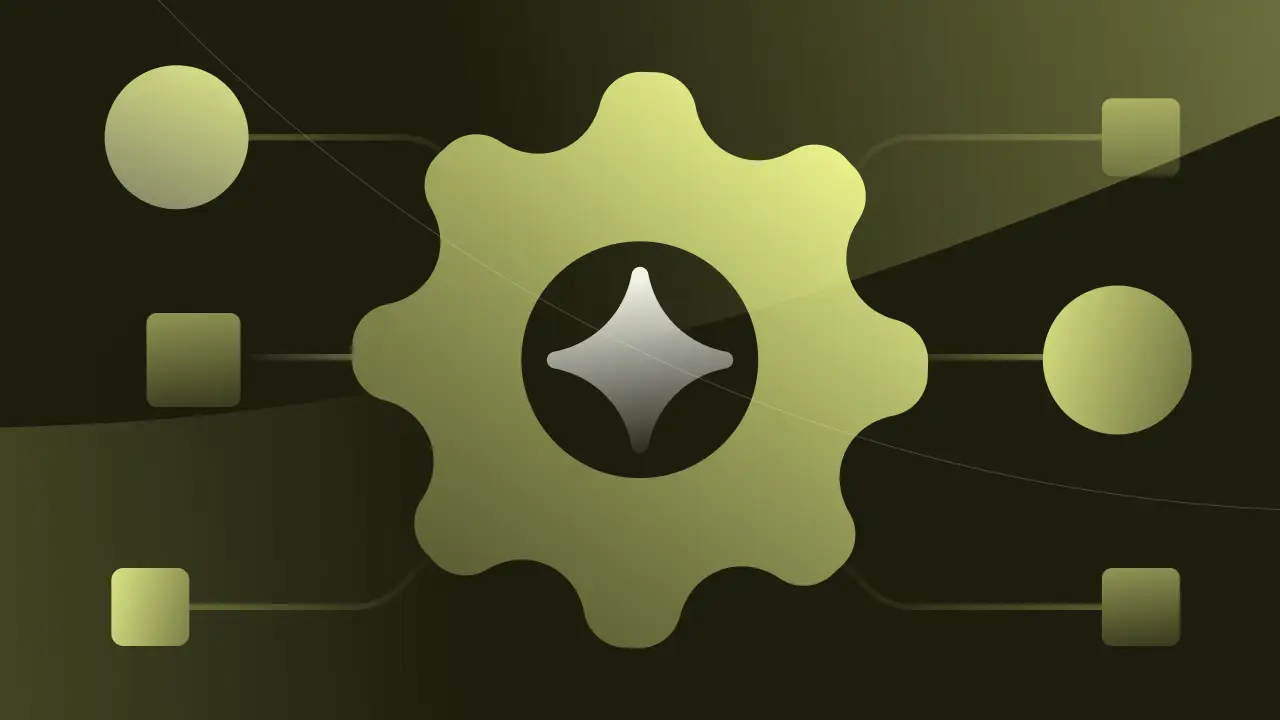
Defining the Automation Fabric
Achieving true agility and scale in the contemporary enterprise landscape demands more than fragmented automation efforts. Enter the Automation Fabric—a groundbreaking concept representing the convergence of all automation capabilities under a single, unified, and intelligently connected platform. It’s not merely a collection of tools; it’s a cohesive ecosystem designed to streamline operations and unlock unprecedented business value. This article will introduce and define this advanced concept, alongside its close counterpart, the AI Fabric blueprint, as fundamental to the future of digital transformation.
The Automation Fabric integrates diverse automation technologies—from Robotic Process Automation (RPA) and workflow automation to Artificial Intelligence (AI) and process intelligence—into a seamless, interconnected network. This holistic approach ensures that people, applications, and information interact fluidly, eliminating silos and fostering a truly agile operational environment.
The Evolution of Digital Transformation
Digital transformation is a continuous automation journey, not a single destination. It progresses through distinct stages, each building upon the last to achieve higher levels of operational maturity and customer centricity. Initially, businesses focused on digitizing paper records, then automating individual tasks. The advent of the Automation Fabric marks a significant leap, signifying a more integrated and intelligent phase.
This evolution sees organizations moving beyond isolated automation projects towards a holistic strategy for business process transformation. The fabric acts as the connective tissue, linking various automated processes, data streams, and intelligent agents across the enterprise. This unified approach accelerates the entire digital transformation trajectory, fostering seamless workflows, enhancing decision-making, and driving innovation at an unprecedented pace. It transitions businesses from fragmented efforts to a cohesive, institution-wide operational ecosystem.
Automation Fabric vs. AI Fabric: Understanding the Connection
While the terms Automation Fabric and AI Fabric blueprint are closely related, they represent distinct yet complementary aspects of modern enterprise intelligence. Understanding their connection is vital for designing a comprehensive digital transformation strategy.
- Automation Fabric: This encompasses the convergence of all forms of automation within an enterprise. It’s the unified infrastructure that integrates RPA, workflow automation, digital forms, process mining, and other automation technologies. Its primary goal is to create seamless, end-to-end process automation across the organization, ensuring efficient and connected operations.
- AI Fabric Blueprint: This represents an intelligent, strategic layer built upon the automation capabilities. It specifically integrates AI (including machine learning, natural language processing, and predictive analysis) with the automation framework. The AI fabric blueprint enables processes to be not just automated, but also intelligent, self-learning, and adaptive, often driven by autonomous agents and leading towards autonomous automation.
In essence, the Automation Fabric provides the robust framework for comprehensive automation, while the AI Fabric blueprint infuses this framework with intelligence, enabling continuous learning, enhanced decision-making, and the creation of truly autonomous automation capabilities. Together, they form the backbone of advanced industry transformation.
Core Advantages of an Integrated Automation Fabric
Adopting an integrated Automation Fabric delivers profound benefits that directly impact an organization’s bottom line, operational agility, and competitive posture. These compelling advantages underscore what are the advantages of automation fabric for modern enterprises.
Key benefits include:
- Unified Operational Visibility: The fabric provides a single pane of glass for monitoring and managing all automation initiatives across the enterprise, offering comprehensive insights into process performance and bottlenecks.
- Enhanced Agility and Scalability: A unified fabric allows businesses to adapt rapidly to changing market conditions and scale automation efforts seamlessly across departments, ensuring consistent performance even during peak demands.
- Accelerated Digital Transformation: By integrating diverse technologies, the Automation Fabric speeds up the entire digital transformation journey, breaking down silos and fostering end-to-end digitalization.
- Improved Efficiency and Cost Reduction: Streamlining processes, reducing manual handoffs, and enabling autonomous automation directly lead to significant operational efficiencies and substantial cost savings.
- Better Governance and Compliance: The integrated nature of the fabric allows for consistent application of governance policies, robust audit trails, and improved compliance across all automated processes.
- Empowered Workforce: By automating mundane tasks and providing intuitive tools, the Automation Fabric frees employees to focus on higher-value, strategic work, enhancing morale and productivity throughout the automation journey.
- Foundation for AI-Driven Innovation: The fabric creates a rich, connected data environment, serving as the essential groundwork for deploying advanced AI and autonomous agents to drive further innovation and optimization.
These benefits make the Automation Fabric a strategic imperative for large organizations.
Weaving Your Automation Fabric with Kognitos
For enterprises seeking to construct a truly intelligent and unified Automation Fabric, Kognitos enables the principles of an Automation Fabric through its patented natural language AI and enterprise-grade automation, making it a pivotal digital transformation tool.
Kognitos empowers users to define and orchestrate complex, end-to-end processes using plain English. This innovative approach bridges the gap between IT and business operations, serving as the intelligent connective tissue for your entire Automation Fabric. Our neurosymbolic AI architecture ensures precision and inherently eliminates AI hallucinations, providing robust AI governance and control over every automated step within the fabric. This positions Kognitos as a foundational component for a truly comprehensive AI fabric blueprint.
Kognitos’ Unique Contribution to the Automation Fabric:
- Natural Language as the Unifying Layer: Kognitos’ English as Code allows diverse teams to contribute to the Automation Fabric by simply describing processes. This breaks down communication barriers and accelerates the automation journey by making process definition intuitive for all users, enabling faster business process transformation.
- AI Reasoning for Autonomous Automation: Our AI goes beyond simple task execution. It enables autonomous automation by intelligently handling exceptions and continuously learning from human guidance. This patented Process Refinement Engine allows Kognitos to adapt workflows dynamically, ensuring the fabric is resilient and self-improving, leading to true industry transformation.
- Unified Platform for Seamless Convergence: Kognitos provides a single, cohesive platform that integrates diverse back-office processes. This consolidates automation efforts, eliminating tool sprawl and serving as the ideal foundation for building a robust Automation Fabric that supports broad use cases, aligning with the vision of an AI fabric blueprint.
- Comprehensive AI Governance for Trust: The neurosymbolic AI guarantees processes are followed precisely, eliminating AI hallucinations by design. This ensures reliable, auditable, and compliant operations within your Automation Fabric, providing the trust necessary for critical enterprise processes and facilitating industry transformation.
- Broad Data Handling for Complete Fabric Integration: Kognitos seamlessly processes both structured data from enterprise applications and unstructured data from emails, documents, and other sources. This comprehensive data handling ensures that all necessary information can flow securely and intelligently across your Automation Fabric, fueling autonomous agents and decision-making.
Kognitos simplifies the complexity of building and operating an intelligent Automation Fabric, enabling large organizations to accelerate their digital transformation with precision, control, and unparalleled agility.
Practical Applications in Industry Transformation
The Automation Fabric is not merely a theoretical concept; it’s a practical blueprint for industry transformation, impacting various sectors by streamlining complex operations and fostering innovation. It allows for the deployment of autonomous agents that redefine how work gets done.
Consider these real-world scenarios enabled by an Automation Fabric:
- Financial Services: Banks can build an Automation Fabric to connect disparate systems for fraud detection, regulatory reporting, and customer onboarding. This enables autonomous automation of complex financial workflows, enhancing compliance and efficiency.
- Healthcare: Healthcare providers can leverage an Automation Fabric to integrate patient scheduling, electronic health record management, and billing processes. This creates a seamless digital transformation for patient journeys and administrative tasks.
- Manufacturing: In manufacturing, the Automation Fabric can connect supply chain management, inventory control, and production scheduling. This allows for autonomous agents to optimize raw material procurement and production lines, leading to greater efficiency.
- Customer Service: Integrating AI-powered chatbots, CRM systems, and back-office automation tools through an Automation Fabric creates a seamless customer service experience. This enables autonomous automation for routine inquiries and intelligent routing for complex issues, significantly improving satisfaction.
These examples highlight how the Automation Fabric drives significant industry transformation by enabling interconnected and intelligent operations.
A Strategic Blueprint to Implement your Automation Fabric
Building a robust Automation Fabric requires a strategic and phased approach. It’s more than just buying digital process automation software; it’s about reimagining how your organization operates. This serves as a blueprint for implementation.
Consider these strategic steps:
- Assess Your Current Automation Landscape: Understand existing fragmented automation efforts, data silos, and key processes that would benefit most from integration into an Automation Fabric. This forms the initial automation journey.
- Define Your Target Automation Fabric Vision: Clearly articulate what a unified Automation Fabric would look like for your organization, aligning it with overall digital transformation goals and desired business outcomes.
- Prioritize Key Integration Points: Identify critical systems and processes that need to be connected first to create foundational elements of the Automation Fabric, focusing on high-impact areas.
- Select a Capable Platform: Choose a digital process automation software or platform, like Kognitos, that offers the necessary breadth of capabilities (AI, natural language, broad data handling, governance) to unify your automation journey.
- Implement in Phased Rollouts: Begin with pilot projects that demonstrate clear value, then gradually expand the Automation Fabric across more departments and use cases, building momentum for business process transformation.
- Foster a Culture of Automation: Encourage collaboration between IT and business users. Empower employees to contribute to automation initiatives, ensuring broad adoption and continuous improvement of the Automation Fabric.
- Monitor and Evolve Continuously: The Automation Fabric is dynamic. Continuously monitor its performance, identify new opportunities for autonomous automation, and adapt the fabric to evolving business needs and technological advancements.
Following this blueprint ensures a successful business process transformation and the realization of a truly integrated Automation Fabric.
Shaping the Future of Enterprise Automation
The Automation Fabric is not merely a technological trend; it represents the inevitable future of enterprise operations. As organizations strive for greater resilience, agility, and competitive differentiation, the ability to weave a unified, intelligent automation ecosystem will become the defining characteristic of market leaders. The vision of an AI fabric blueprint guiding holistic industry transformation is rapidly becoming a reality.
Kognitos empowers businesses to build secure, auditable, and adaptive autonomous automation through natural language AI, Kognitos enables organizations to minimize disruptions, maximize efficiency, and foster truly resilient operations. This marks a significant leap beyond fragmented automation journey efforts, delivering a new standard for intelligent digital transformation.
Discover the Power of Kognitos
Our clients achieved:
- 97%reduction in manual labor cost
- 10xfaster speed to value
- 99%reduction in human error
Automation Fabric refers to a unified, interconnected platform that converges diverse automation capabilities—including RPA, workflow automation, AI, and process intelligence—into a single ecosystem. Its purpose is to create seamless, end-to-end process automation across an enterprise, enabling agility, improved operations, and accelerating digital transformation.
The stages of digital transformation often include: digitization (converting analog to digital), digitalization (leveraging digital technologies to improve existing processes), and digital transformation itself (fundamentally changing how a business operates and delivers value through digital technologies). The Automation Fabric accelerates these stages by providing an integrated platform for advanced automation and AI.
To implement an Automation Fabric, organizations should first assess their current automation landscape, define a clear vision aligned with digital transformation goals, and prioritize key integration points. Next, select a robust digital process automation software or platform (like Kognitos) that supports unification, implement in phased rollouts, foster a culture of automation, and continuously monitor and evolve the fabric for ongoing optimization. This systematic automation journey is crucial.
The advantages of an Automation Fabric are numerous: unified operational visibility, enhanced agility and scalability, accelerated digital transformation, improved efficiency and cost reduction, better governance and compliance, and an empowered workforce. It also serves as a robust foundation for AI-driven innovation and the deployment of autonomous agents, leading to truly autonomous automation.








